How To Make Period Zero-Waste & Infection-Free
Of all the reasons to have an eco-conscious lifestyle, if there was one thing for which you can make an exception – it would be menstruation. It’s a time when women want to pamper their bodies, stay away from stress and definitely not feel guilty for trashing the environment.
But what if it was easy to make your period eco-friendly?
It’s quite amazing how so many alternatives to the pad are now available. Let’s explore.
Vulvar itching, chafing, rashes and sometimes yeast infections can be caused by artificial fragrances, chemicals and synthetics found in menstrual pads. The plastic top sheet and adhesives are often blamed for dermal issues. However, there has been a slew of more worrying allegations. According to “Chem Fatale,” a 2013 report published by Women’s Voices for the Earth, a nonprofit advocacy group,
“Chemicals of concern such as carcinogens, reproductive toxins, endocrine disruptors, and allergens are being used on, or even in, the extremely permeable mucous membranes of the vaginal area.”
Such potentially hazardous ingredients include dioxins and pesticide residues in tampons and pads, and unknown fragrance chemicals and dyes in feminine hygiene products, according to the report.
FDA, on the other hand, maintains that there are no expected health risks associated with trace amounts of dioxins in tampons.
There is a rising movement of activists demanding an ingredient label on menstrual products. Full disclosure and transparency are what we really need.
Here is a list of alternatives we found to have a high potential for being great eco-swaps. They are made from organic fibres, free from pesticides and chemicals. Some of them are reusable and others are made from compostable natural fibres derived from plants.
- Menstrual Cups
Menstrual cups are easily the winners at being the best combination of environment and health friendliness. Made from medical grade silicone, they are hypoallergenic and have exceptional resistance to chemicals. They are highly pliable and soft, making them great for prolonged contact with delicate internal tissues and skin.
How to clean: It may seem icky to want to clean a menstrual cup, but it’s actually quite simple. You just need to wash it with some warm water. Medical grade silicone has a high tolerance for heat, so you need not worry about chemicals leaching when you clean it in hot water.
The fact that they are reusable, makes it easy for you to have an eco-friendly period. Here are two of the most popular menstrual cups.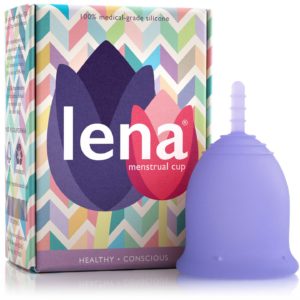
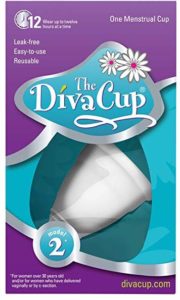
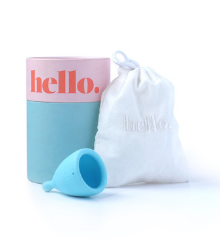
Check out more menstrual cups here.
- Reusable Pads
The idea itself, we admit, is a little jarring. It is one thing to empty out a menstrual cup, quite another to wash a used pad. While reusable pads may not be a popular option, it has steadily growing following. Here is why.
A normal sanitary pad is made of a plastic backsheet which has adhesive on the back to stick it to your panties, a topsheet which is the absorbent layer and the absorbent cellulose layer in between. The top sheet, alleged to be lined with dyes, pesticides and fragrances, is often the culprit causing various skin allergies and infections. In a reusable pad, all these elements are made of soft organic cotton or bamboo, helping you avoid allergic reactions in the area, keeping it clean and healthy.
How to clean: If you are at home, immerse the pad in warm water for a while and then put in the washing machine for best results. If you’re outside, you can easily fold it with the snap and store in its discreet bag. It’s really quite simple.
A bonus benefit is that each pad you use can keep thousands of pads from the ending up in the landfill.
Here are the ones we recommend.
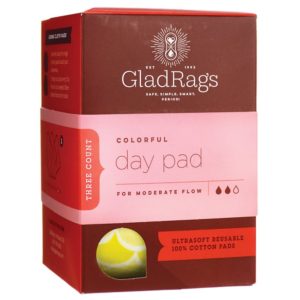
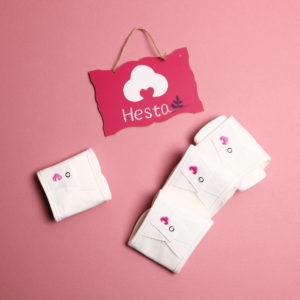
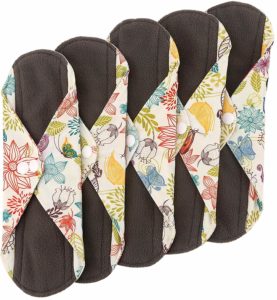
- Biodegradable Sanitary Pads
Of all the options available, this is probably the easiest to switch to. Made of 100% certified organic cotton, free from chlorine, contains plant starch in place of adhesive and waterproof layers, it is made of compostable bioplastic. It is also certified vegan. Natracare’s pads are the best bet for those who want to choose the path of least resistance. The only glitch is that for these pads to be really eco-friendly, they must be sent to a composting facility after use. If sent to a landfill, bioplastics behave exactly the same way as any other plastic. Here are the 2 brands we recommend.
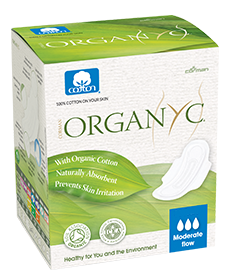
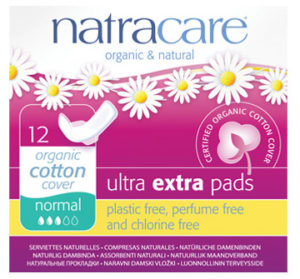
- Period Panties are the most revolutionary feminine hygiene product to make it to the market yet. Built like a normal panty, it has a 4 layer technology that makes it leak resistant, odour free and super absorbent. Depending on your flow, you can add more layers to it. It is a liberating, worry-free experience. Used panties can be rinsed and then washed normally in the machine. THINX is the company at the forefront of this work. You can explore their products here. You can also check out similar brands here.
- The last category is Sea Sponge Tampons. Although quite popular, we have concerns about it. Derived from dead sponges in the sea, these are highly absorbent and have been known to be extremely comfortable (a lot more than a normal tampon). The worry however is, there have been studies claiming that sea sponges have been found to have dirt, sand and a variety of bacteria (including staphylococcus :O) which is a HUGE concern. Think of a normal sponge at home. It is insanely difficult to clean a sponge once the dirt is caught in it. The same logic is likely to apply here. If you like to experiment, we suggest you start with these ones.
